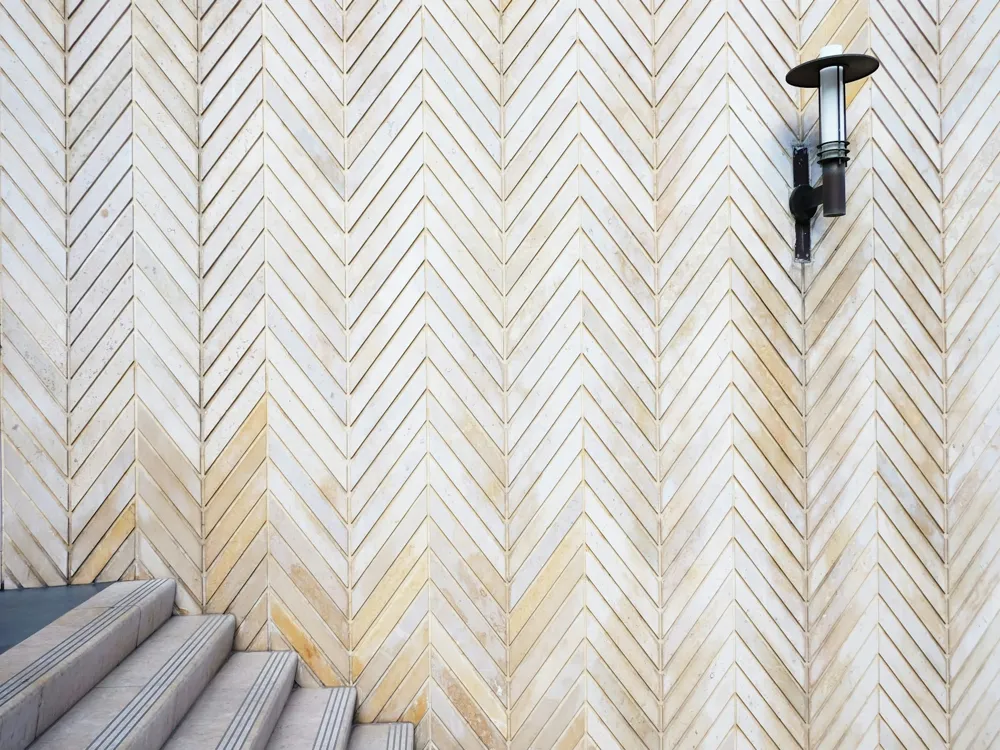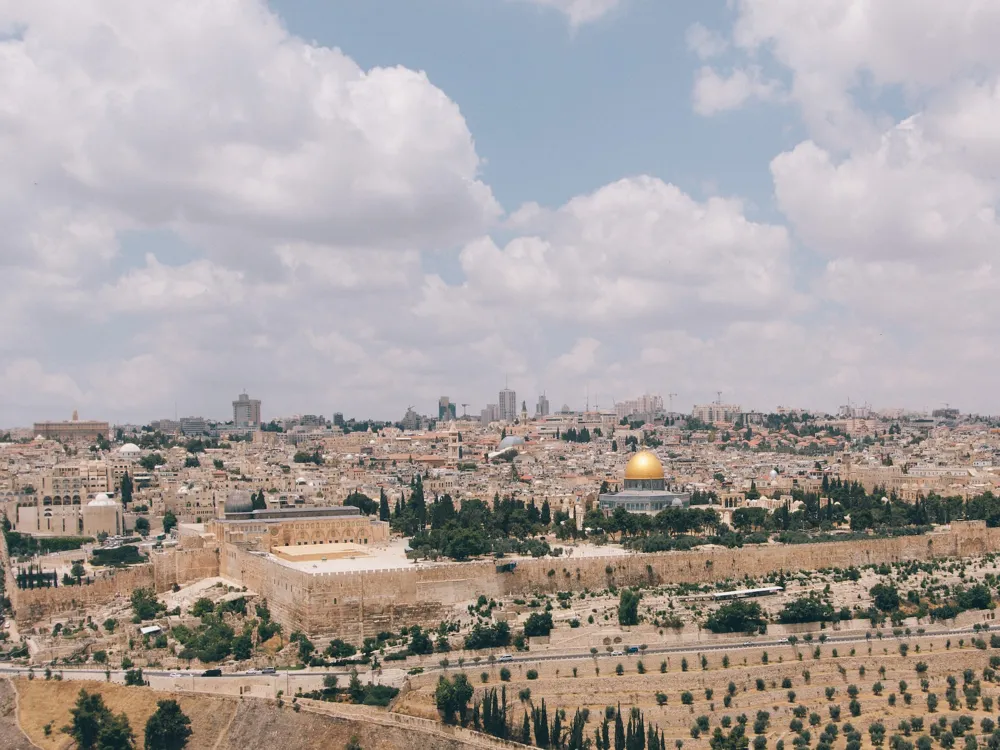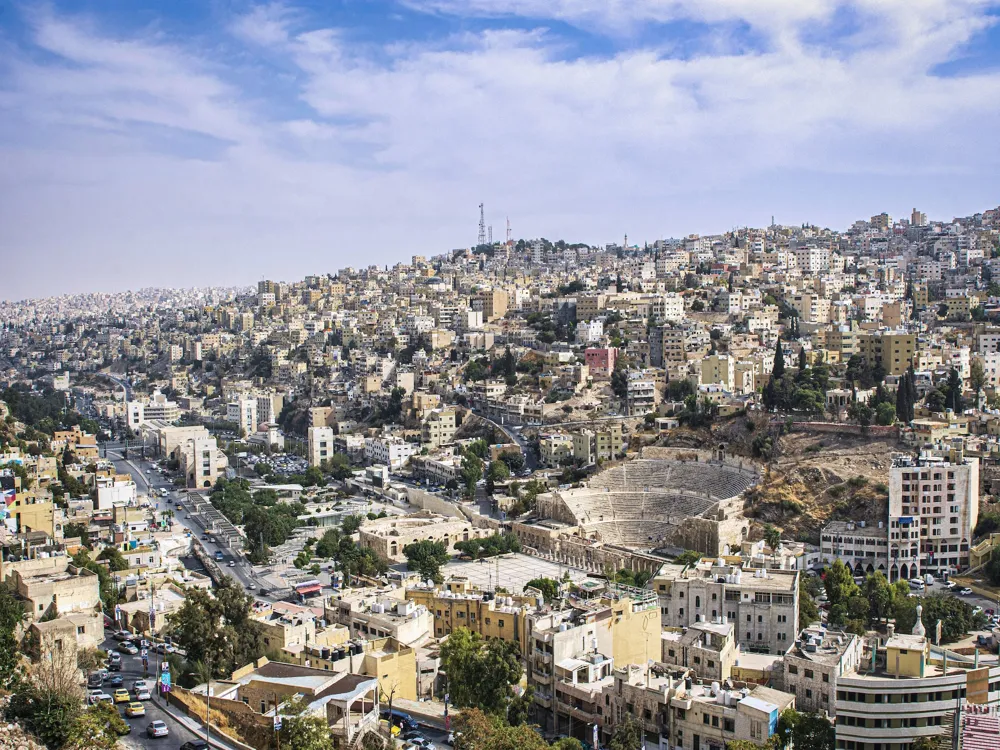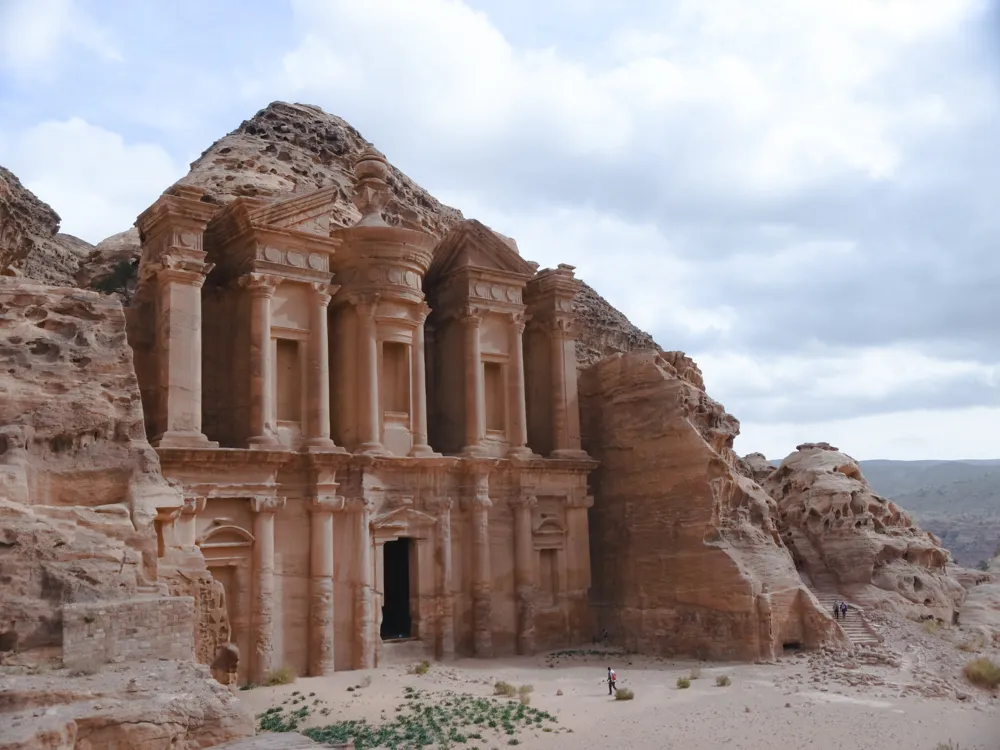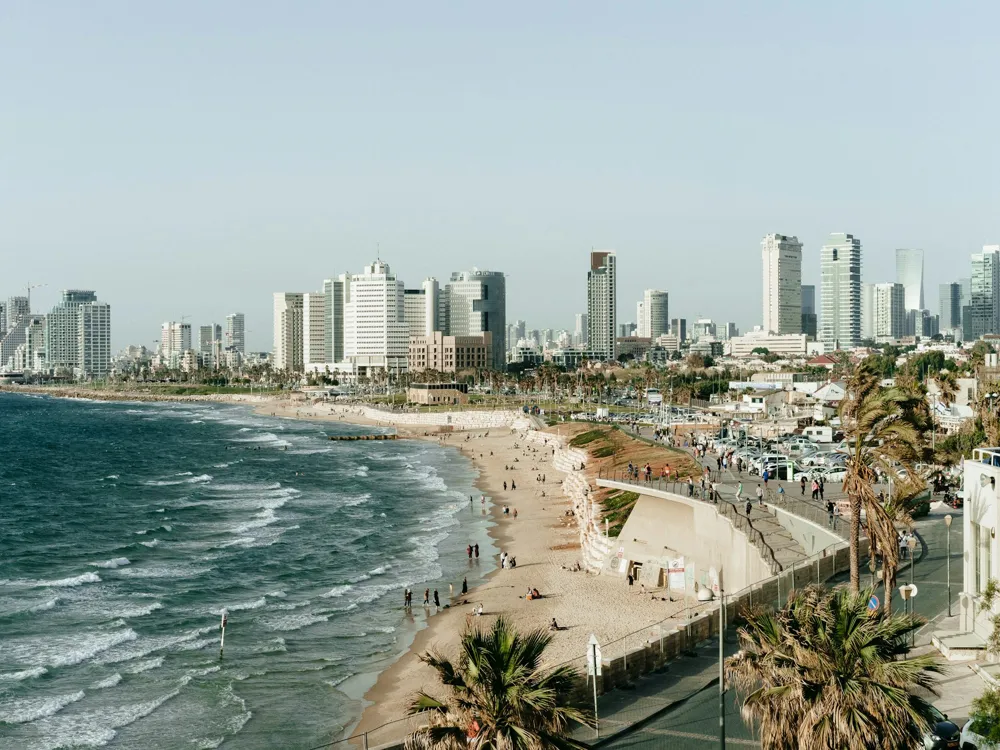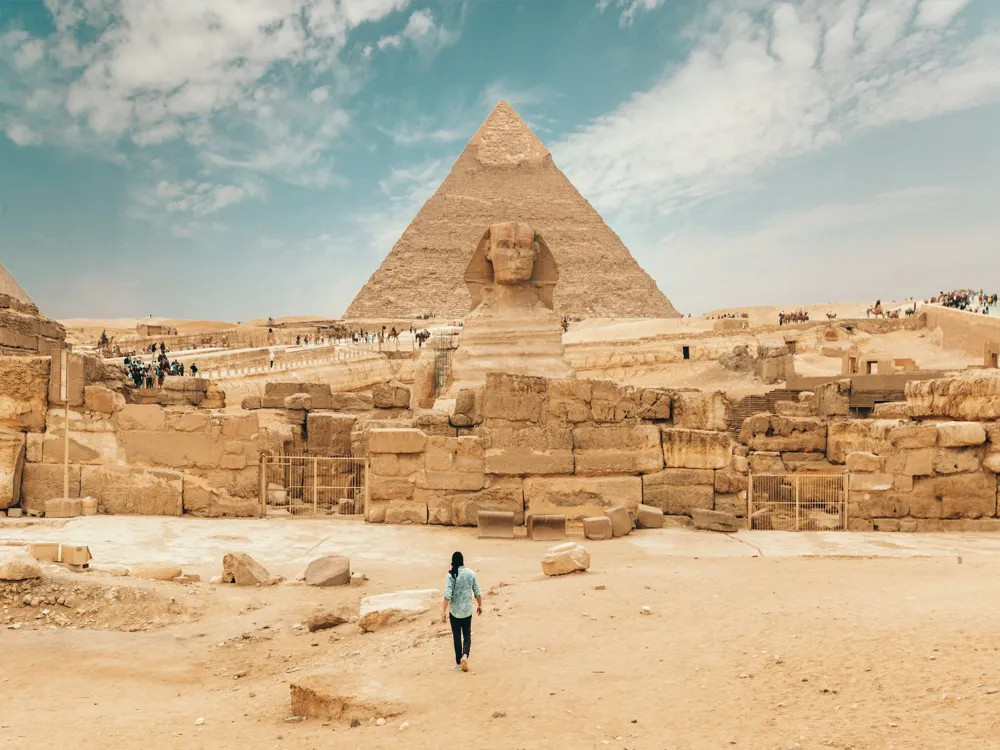The National Museum of Beirut, an emblematic landmark of Lebanon's rich heritage, stands as a testament to the country's historical magnificence. Established in 1942, the museum showcases a fascinating collection of archaeological artifacts, offering a journey through Lebanon's history from prehistoric times to the medieval Mamluk period. The museum, often regarded as the principal museum of archaeology in Lebanon, houses an extensive array of items, including ancient statues, mosaics, pottery, jewelry, and coins, each narrating a unique story of Lebanon's past civilizations. One of the museum's highlights is its Egyptian antiquities section, which reflects Lebanon's historical connections with Egypt. Additionally, the museum's exhibits of Phoenician items are particularly noteworthy, displaying the remarkable craftsmanship and maritime prowess of this ancient civilization. Visitors can also explore a rich collection of Byzantine gold jewelry and a range of Islamic artifacts, which offer insights into the diverse cultural influences that have shaped Lebanon. The National Museum of Beirut not only serves as a guardian of Lebanon's past but also as a center for archaeological research and education, contributing significantly to the study and preservation of the country's heritage. Through its dynamic exhibitions and educational programs, the museum plays a crucial role in promoting awareness and appreciation of Lebanon's history among both locals and tourists alike. The National Museum of Beirut is an architectural marvel, reflecting a blend of modernity and tradition. The building, designed by the renowned French architect Pierre Leprince-Ringuet, is a striking example of 20th-century Beaux-Arts architecture. The museum's design elegantly incorporates elements of French and Lebanese architectural styles, creating a unique aesthetic that resonates with Beirut's multicultural heritage. One of the most distinctive features of the museum's architecture is its majestic facade, adorned with high columns and intricate stone carvings that pay homage to Lebanon's ancient history. The grand entrance leads into a spacious hall, where natural light floods through the large windows, creating an inviting and serene ambiance for visitors. Inside, the museum is organized into several galleries spread across two floors, each dedicated to different historical periods. The layout is thoughtfully designed to offer a chronological journey through Lebanon's history, with each gallery seamlessly transitioning into the next. The use of modern display techniques and interactive exhibits further enhances the visitor experience, making the museum a perfect fusion of historical grandeur and contemporary design. Before visiting the National Museum of Beirut, it's advisable to check the museum's official website for the latest information on opening hours and any special exhibitions or events. Visitors should also consider the best times to visit to avoid crowds, typically early mornings or weekdays. To enrich your museum experience, consider joining a guided tour. The museum offers tours in various languages, providing in-depth insights into the exhibits and the history of Lebanon. Educational programs for children and students are also available, making it a great educational outing for families and school groups. Photography is allowed in most areas of the museum, but it's important to check for any restrictions, particularly with flash photography. Visitors are expected to maintain a respectful demeanor, keeping noise levels low and refraining from touching the exhibits. The National Museum of Beirut is conveniently located in the heart of Beirut, making it easily accessible by various means of transportation. For those using public transport, several bus routes pass near the museum, and detailed route information can be found on the city's public transportation website. Taxis and ride-sharing services are also widely available in Beirut, offering a convenient option for visitors. For those driving, there is parking available near the museum, although it's advisable to arrive early to secure a spot due to high demand. Read More:Overview of the National Museum of Beirut
Architecture of National Museum of Beirut
Tips When Visiting National Museum of Beirut
Planning Your Visit
Guided Tours and Educational Programs
Photography and Museum Etiquette
How To Reach National Museum of Beirut
National Museum of Beirut
Beirut
NaN onwards
View beirut Packages
Weather :
Tags : Museum
Timings : Tuesday - Sunday: 9:00 AM - 5:00 PM
Entry Fee : Adult - LBP 5000,
Student (under 18) - LBP 1000
Planning a Trip? Ask Your Question
Beirut Travel Packages
View All Packages For Beirut
Top Hotel Collections for Beirut

Private Pool

Luxury Hotels

5-Star Hotels

Pet Friendly
Top Hotels Near Beirut
Other Top Ranking Places In Beirut
View All Places To Visit In beirut
View beirut Packages
Weather :
Tags : Museum
Timings : Tuesday - Sunday: 9:00 AM - 5:00 PM
Entry Fee : Adult - LBP 5000,
Student (under 18) - LBP 1000
Planning a Trip? Ask Your Question
Beirut Travel Packages
View All Packages For Beirut
Top Hotel Collections for Beirut

Private Pool

Luxury Hotels

5-Star Hotels

Pet Friendly







